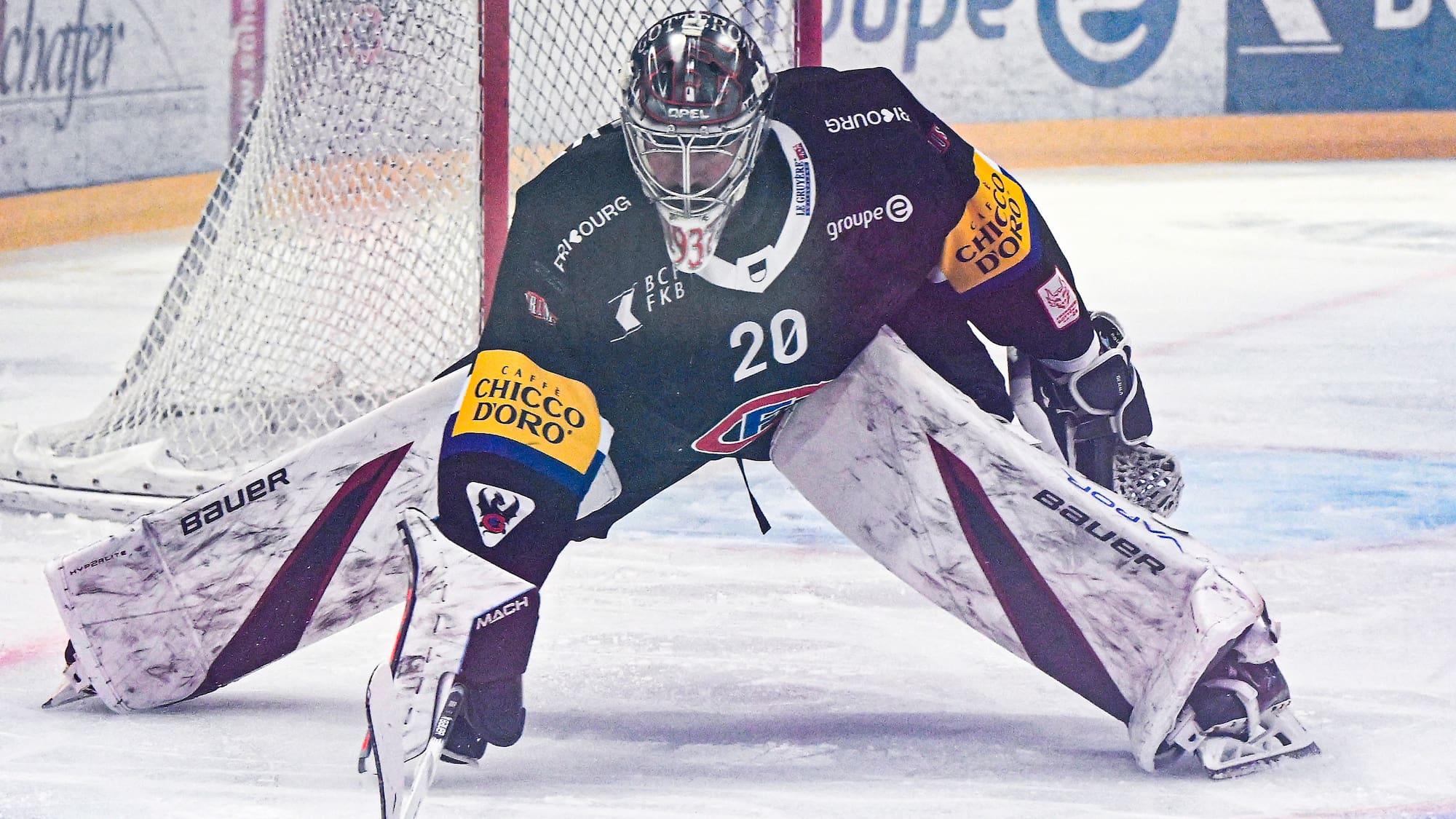Today is International Women’s Day! Since 1921, women around the world have been fighting for greater equality on March 8. As is known, politics has a major influence on a fairer world. How many women are in parliament today and what does it look like in Switzerland – we provide the most important figures and facts.
Women in politics worldwide
The global theme of International Women’s Day 2024 is ‘Inspire Inclusion’ and is in line with this year’s United Nations theme ‘Invest in women: Accelerating progress’. The European Commission writes on March 7, 2024, ahead of International Women’s Day:
In January 2024, only five of the 27 EU member states had female heads of state. Globally, only 26.7 percent of seats in parliament, 35.5 percent of seats in local government and only 28.2 percent of leadership positions in the world of work are held by women.
National parliaments
Nevertheless, some countries surprise with their high proportion of women in national parliaments. That’s how it is – according to the data platform IPU Parline – Rwanda has the highest percentage of women in parliament in the world (as of February 2024). There, approximately 61 percent of women are members of the large Chamber of Representatives, that is 49 women out of 80 members. Behind Rwanda in first place are Cuba and Nicaragua. The share of women in the Cuban parliament is 56 percent and in Nicaragua 54 percent of women sit in the main chamber. With a share of women of 38.5 percent (National Council), Switzerland ranks 34th in the world.
A surprising 50 percent of women sit in the United Arab Emirates parliament (6th place). However, the unicameral system has more of an advisory than a legislative function there. How much power and say the parliaments of individual countries actually have can vary greatly from country to country. Not all countries that have a parliament also have a democracy as a form of government.
The countries at the bottom are Oman, Tuvalu and Yemen, which have no women in their parliaments. No data has been collected in countries such as Afghanistan, Sudan and Myanmar.
This is the number of women in national parliaments in February:
Women in Swiss politics
Federal Council
The Swiss state was governed exclusively by men from 1848 to 1984. Only with the introduction of women's suffrage at the federal level on February 7, 1971 did women have a say. Thirteen years later, Elisabeth Kopp of the FDP became the first woman elected to the Federal Council.
In 2010, with the election of Simonetta Sommaruga, there was a women's majority in the Federal Council for the first time. Today, three of the seven federal council members (Viola Amherd, Karin Keller-Sutter and Elisabeth Baume-Schneider) are women. A total of ten women have held or continue to hold the office of federal councilor.
National and Council of States
The first federal elections in which women were allowed to participate as voters and candidates took place on October 31, 1971. To date, eleven women have made it to the National Council, equivalent to a 5.5 percent share. Over the years, the proportion of women in the National Council has steadily increased, reaching a new high in 2019 with 42 percent women.
New parliamentary elections took place last year. The share of women in the National Council has fallen again to 38.5 percent. Of the 200 members, 77 are currently women. In 2023, a new high was reached in the Council of States with a share of women of 35 percent. Of the 46 members, 16 women now sit in the Council of States.
With 70 percent women, the GLP has the largest share of women in the National Council. This is followed by the SP with 59 percent and the Greens with 57 percent. The SVP is the party with the most members in the National Council. Of the 62 SVP members, only 12 are women, which corresponds to 19 percent.
Soource :Watson
I am Amelia James, a passionate journalist with a deep-rooted interest in current affairs. I have more than five years of experience in the media industry, working both as an author and editor for 24 Instant News. My main focus lies in international news, particularly regional conflicts and political issues around the world.







